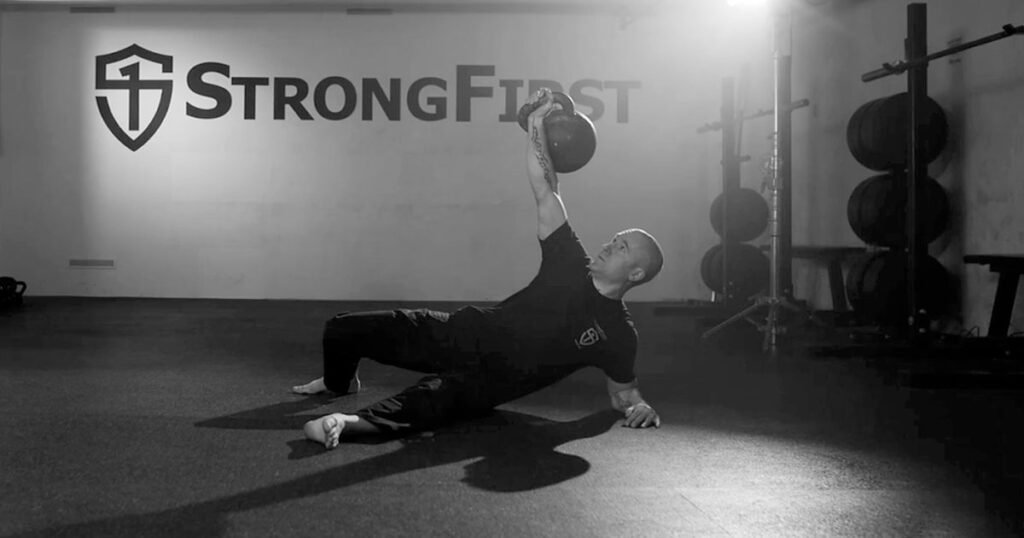[ad_1]
“Commitment, absolute commitment, is what keeps one ahead.”—Bruce Lee
Plain & Wicked embodies the quote above. Commitment to reaching Simple and continuing to Wicked has guided learners on several-month and several-year journeys. Uncommon in today’s swipe-based attention-span world, the dedicated pursuit of the P&W goal is a commendable undertaking.
Nevertheless, commitment can and will encounter frustration.
Advancement on any program is infrequently direct once you pass the pleasant beginner’s gains, so you must be prepared for the halts when advancement ceases, and you feel trapped.
This is when your commitment will be tested.
Here are three tactics to shatter the halt and proceed with your advancement.
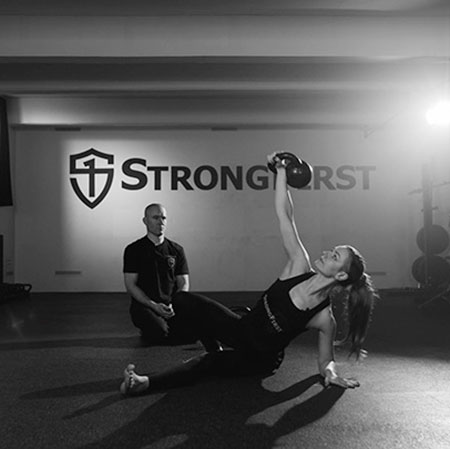
Tactic #1: Ensure You Require an Alternate Tactic
Gray Cook furnished a marvelous elucidation to the SAID principle. Specific adaptation to imposed demands is a well-known training principle, but it is the individual’s specific adaptation to the environment’s imposed demands. So, is your issue with the individual or the environment?
Let’s assume you are taking a supplement to help you get better sleep—an individual tactic. But what you need is a new mattress—an environmental tactic. You could take all the supplements you want, but adjusting the individual tactic will not alter the environment. Being clear on when you need an individual adjustment or adjusting the environment is crucial.
What does this mean for training? Filter your lifestyle, such as sleep, hydration, nutrition, stress, and programming, through the individual or environmental filter. Determine if you need to adjust your individual tactic with an intervention or if you need to change the environment.
Changing programs will not help if your work and relationship stress is draining your recovery. A new protein powder might not compensate for the lack of sleep from working two jobs. Ensure you target the correct lifestyle factor, and the individual or environmental tactic as needed.
Tactic #2: Gain More Powerful
If that astounds you, you might want to recollect we are StrongFirst.
If the heaviest weight you hoist is the heaviest weight you hoist, then it will always feel heavy. Therefore, you need to be doing something beyond that “heaviest” weight.
Options to gain more powerful:
- Barbell work
- Double kettlebell work
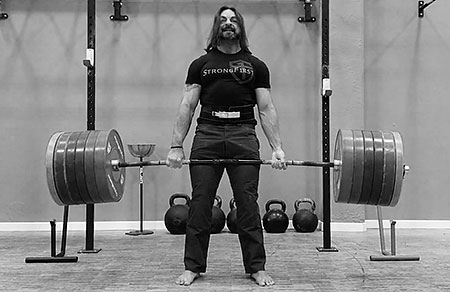
Low-rep barbell deadlifting and military press might be the key to breaking through a stall in your swings and/or get-ups. Nothing helps a 32kg swing feel more manageable than a 100kg (and beyond) deadlift. Military pressing 60kg will make a 24kg get-up easier. Raising your strength base will allow you to produce more power in the swing and confidence in the get-up.
How do you implement it? Either substitute two days a week of a solid 3/3 or 5/3 routine for the deadlift and military press. Or use a Power to the People! style routine before your S&S practice. Which is right for you will depend on your available time and recovery ability.
Double kettlebell work is a sneaky way to push your strength base. A double 16kg program—a 32kg load—when you are stalled at 24kg can bump you past your sticking point. Double 32kg—a 64kg load—can make the 48kg more manageable.
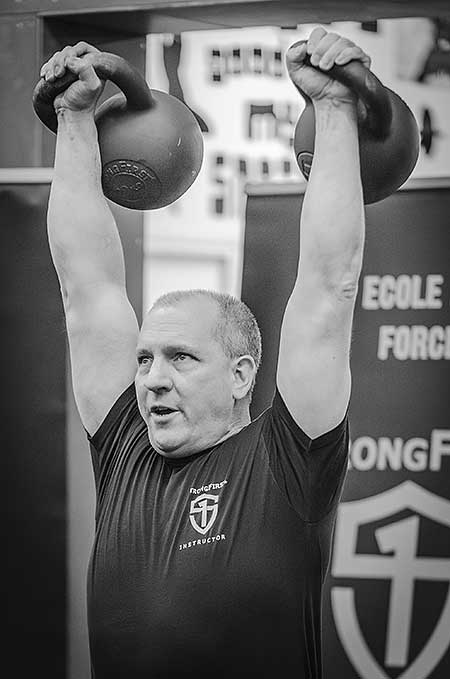
You get the idea. Plus, the symmetrical load of double kettlebell work can help balance the asymmetrical load of S&S.
How do you implement it? Enter double kettlebell Strength Aerobics (SA) or Iron Cardio (IC). Swap two of your S&S days for a double kettlebell SA or IC session, or the Moving Target Complex, etc. (There are many options.)
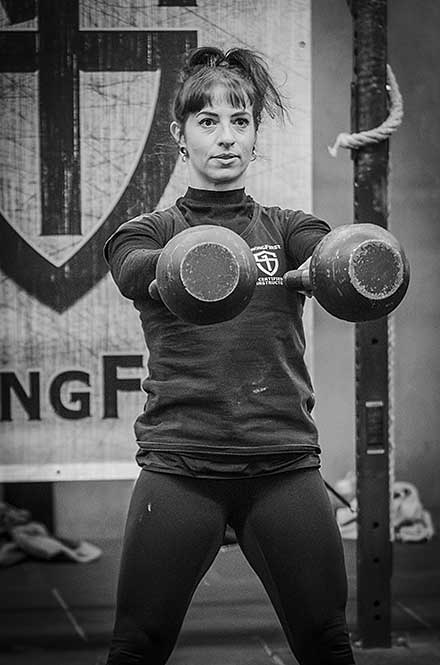
Tactic #3: Alternating Hefts
The “dose makes the poison” is a good cliché. Sometimes, it’s the dose that makes the problem, and when moving between kettlebell sizes, that’s where the “poison” lies. You might be able to handle the next kettlebell up for three reps but not five, or you can do a partial get-up at a heavier load but not a full one. So, instead of writing off the heavier load…alternate it.
Do a set of five at 32kg on each arm (Timeless), followed by a set of three on each arm at 40kg, and so on for the desired volume of the day. If you are at sets of ten with 32kg and five with 40kg, follow the same strategy. The concept remains the same at any weight ratio.
For get-ups, you might have a complete rep on each side with one weight followed by a set at the heavier weight going to the elbow (or hand). You get the idea. The overload of the heavier weight will make the lighter weight feel lighter.
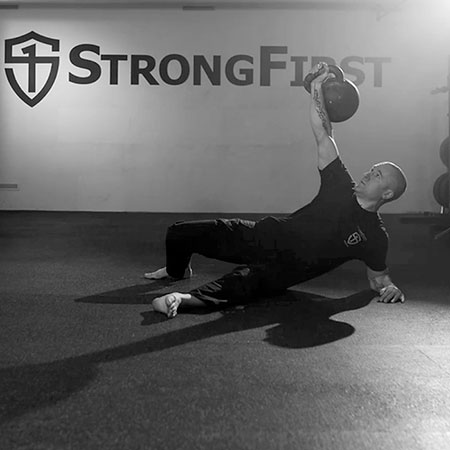
Kettlebell “tweener” weights, the intermediate kettlebell weights, represent a rather recent inclusion in the kettlebell domain. Generally, we favor the larger 8kg increments of the traditional set. Being compelled to persist at a weight for an extended period, accumulating volume and refining skill, offers substantial advantages. Nonetheless, there will come a time when a specific intermediate weight fulfills a necessary void.
For me, that weight is the 36kg kettlebell. It enables me to engage in a volume and intensity suitable for the gap between my 32kg and 40kg. It stands as the sole “tweener” kettlebell I utilize. If you consistently encounter a hurdle during a particular transition, you might discover that a “tweener” kettlebell bridges that gap and enables you to advance beyond it. However, it should never be a 2kg “tweener” and should not be utilized for every interval between the traditional sizes.
The persistent and determined pursuit of a goal, without succumbing at every stumbling block, is a trait to nurture. This must be balanced with the capability to discern a bottleneck and opt for an alternative approach to bypass it, facilitating advancement towards the ultimate objective. I trust these tactics will aid you on your S&S journey.
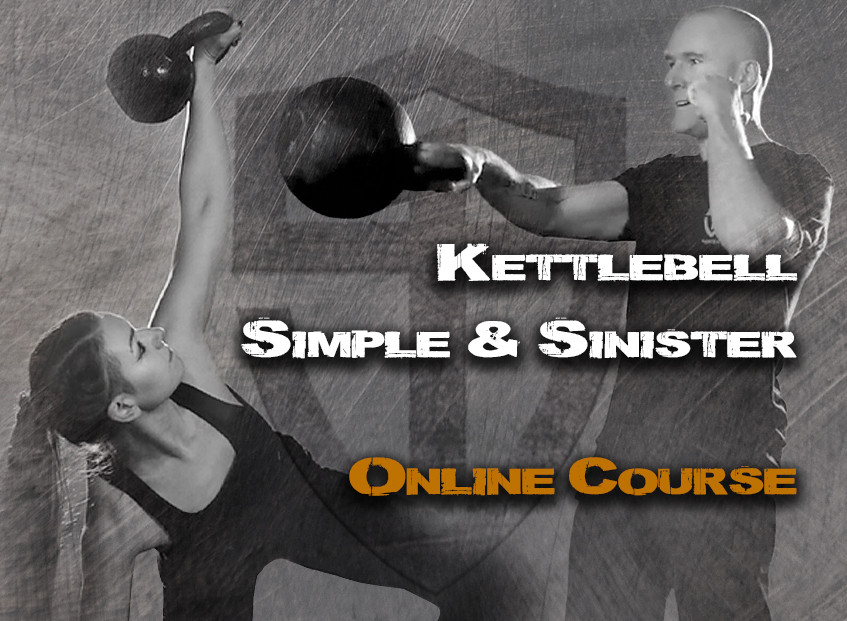
“Kettlebell Simple & Sinister”—accessible as book, ebook, audiobook, and on video
Check out Fabricate Your Personal Programming Dialectat a discounted price while supplies last…
[ad_2]

